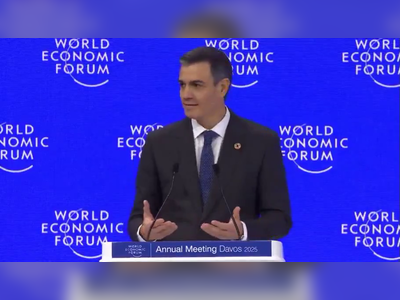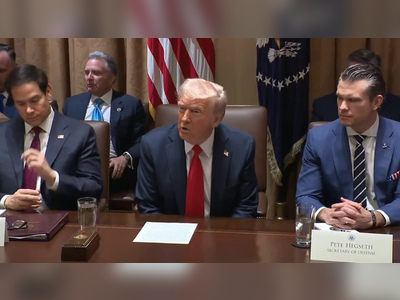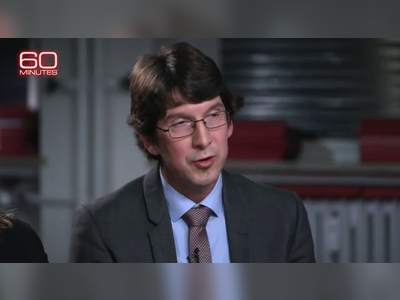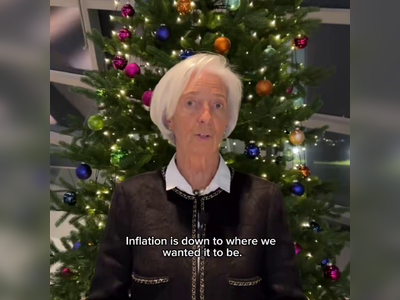
How millions of jobless Americans can afford to ditch work
One of the more insidious myths this year was that young people didn't want to work because they were getting by just fine on government aid. People had too much money, went the narrative.
Only trouble is, the numbers don't back it up.
Instead, early retirement — whether forced by the pandemic or made possible otherwise — is playing a big role in America's evolving labor market.
People have left the workforce for myriad reasons in the past two years — layoffs, health insecurity, child care needs, and any number of personal issues that arose from the disruption caused by the pandemic. But among those who have left and are not able to — or don't want to — return, the vast majority are older Americans who accelerated their retirement.
Earlier this month, ADP Chief Economist Nela Richardson said the strong stock market along with soaring home prices "has given some higher income people options. We already saw a large portion of the Boomer workforce retiring. And they're in a better position now."
In assessing the jobs recovery, economists have pointed out that while the unemployment rate has come down, the labor force participation rate hasn't improved at the same pace. But Jared Bernstein, a member of President Joe Biden's Council of Economic Advisers, said that once "non-prime age" workers — those over 55 — are excluded from the metrics a much clearer picture of how the labor recovery is doing emerges because it strips out the retirement narrative.
Last month, there were 3.6 million more Americans who had left the labor force and said they didn't want a job compared with November 2019, says Aaron Sojourner, a labor economist and professor at the University of Minnesota's Carlson School of Management.
Older Americans, age 55 and up, accounted for whopping 90% of that increase.
"I think a lot of the narratives imagine prime-age workers as being missing, but it actually skews much older," Sojourner said.
The labor shortage and retirement
The oft-lamented labor shortage has become a shorthand for the complicated reality of the pandemic-era labor force.
Americans are quitting their jobs in record numbers — more than 4 million each month since July — but much of that quitting is happening among young people who are leaving for other jobs or better pay. They're not leaving the workforce entirely.
"Part of it is a job quality shortage," says Sojourner. "It's a bit of a puzzle why employers aren't raising wages and improving working conditions fast enough to draw people back in. They say they want to hire people — there are 11 million job openings — but they're not creating job openings that people want."
Federal Reserve Chairman Jerome Powell underscored that issue during a news conference on Wednesday.
"There's a demographic trend underlying all of this... The question of how much we can get back is a good one, and what we can do is try to create the conditions," that allow people to come back, he said.
To be sure, some companies have been raising wages to attract and retain staff. Some businesses also offer signing bonuses to get workers in the door. But economists aren't sure whether these incentives are here to stay and will improve conditions for workers in the long term.
"I can want a 65-inch TV for $50, but it doesn't mean there's a TV shortage, it means I'm not willing to pay enough to get somebody to sell me a TV," said Sojourner.
Nearly 70% of the 5 million people who left the labor force during the pandemic are older than 55, according to researchers from Goldman Sachs, and many of them aren't looking to return.
Retirements tend to be "stickier" than other labor force exits, the researchers wrote. Even so, they expect that an improving virus situation and increased vaccination will allow older workers to return to the labor force.
In normal times, retired people are often drawn back into the workforce. But the "unretirement" rate fell significantly during the pandemic, exacerbating the shortage of workers, according to research from the Kansas City Fed.
There are some early signs that seniors are coming back to the workforce as vaccination rates increase and employers offer higher wages. The unretirement rate fell to just over 2% early in the pandemic, but in recent months has ticked up to around 2.6%, according to Nick Bunker, an economist at Indeed. That's still off from the pre-pandemic rate of around 3%.
Then again, older workers are potentially competing with younger, more qualified applicants for jobs, which could make their return more challenging.











